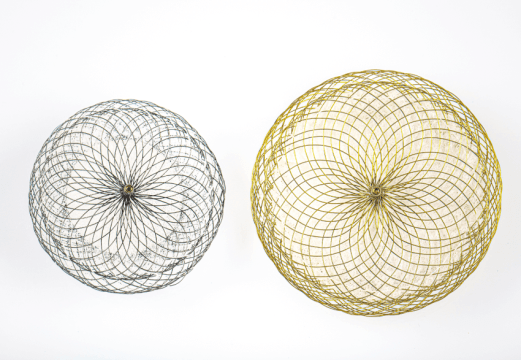Original title: Paclitaxel-Coated Versus Uncoated Balloon Angioplasty Reduces Target Lesion Revascularization in Patients With Femoropopliteal Arterial Disease. A Meta-Analysis of Randomized Trials. Reference: Salvatore Cassese et al. Circ Cardiovasc Interv. 2012;5:582-589.
Balloon angioplasty is one of the most frequent alternatives used in patients with peripheral vascular disease, especially in the femoropopliteal region.
However, its effectiveness is reduced in both acute, (elastic recoil, dissection with compromised blood flow, suboptimal dilation), and medium term, (restenosis), cases. The paclitaxel-eluting balloons have been shown to reduce late lumen loss but this information has come from studies with small numbers of patients without enough power to also show a reduction in reoperations.
To clarify some of these questions we conducted this meta-analysis that included four jobs and a total of 381 patients with peripheral vascular disease in the femoropopliteal region randomized to conventional balloon angioplasty or a paclitaxel-eluting balloon. We included both patients with new lesions and those with previous angioplasty, (with or without a stent). The provisional stent implant was allowed in case of suboptimal results after dilation. The clinical characteristics of both groups were well balanced in all work thus representing a typical population with peripheral vascular disease.
Mean follow-up was 10.3 months and late lumen loss in millimeters at six months was the primary target in all studies. The white lesion of revascularization occurred in 90 patients in total, (25%), with a significant reduction in favor of eluting balloons versus the conventional, (12.2% versus 27.7% respectively, p <0.0001). The number needing treatment to prevent revascularization was 4. Death from any cause occurred in 18 patients, (4.8%), with no difference between the groups (p = 0.95).
Conclusion:
Paclitaxel-eluting balloons compared with conventional balloons in patients with peripheral vascular disease in the femoropopliteal region showed better results in terms of restenosis and the need for revascularization. The impact of these results in more challenging populations or their role compared to alternatives such as the stent should be investigated in further studies.
Commentary:
A 25% absolute reduction in the need for revascularization suggests that drug eluting balloons should be the first choice. However, the absence of clinical data, (walking distance, wound healing, amputation rate, etc.), together with the cost involved have made their use in daily practice relatively scarce. In this context new stents have appeared on the market and some are even pharmacological, thus making it difficult to establish a gold standard of care beyond the guidelines. More time should pass and more studies are definitely needed in order to know which materials provide the best angioplasty for the femoropopliteal region.
SOLACI.ORG





